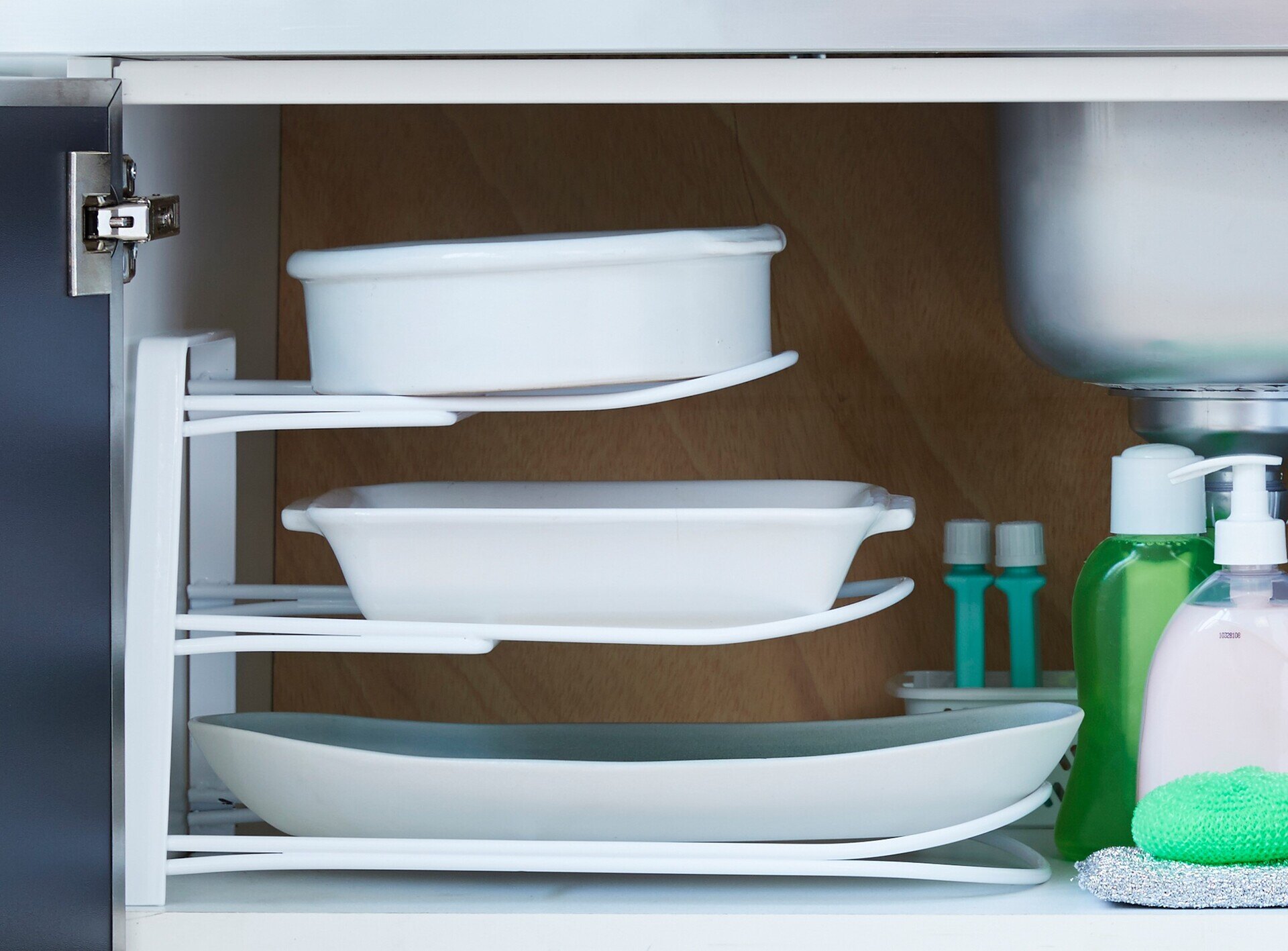

Articles
How To Store Casserole Dishes
Modified: January 18, 2024
Learn how to properly store your casserole dishes with these helpful articles. Find tips for organization and saving space in your kitchen.
(Many of the links in this article redirect to a specific reviewed product. Your purchase of these products through affiliate links helps to generate commission for Storables.com, at no extra cost. Learn more)
Introduction
When it comes to storing casserole dishes, proper techniques are essential to maintain the freshness and quality of your delicious creations. Whether you’re dealing with leftovers or preparing meals in advance, knowing how to store your casserole dishes correctly will ensure that they remain tasty and safe to consume.
In this article, we will walk you through the steps of storing casserole dishes effectively, whether in the fridge or freezer. We will also provide tips on preparing your dishes for storage, choosing the right containers, and best practices for reheating. So let’s dive in and learn how to store your casserole dishes like a pro!
Key Takeaways:
- Choose the right storage containers for your casserole dishes based on your needs and preferences, whether it’s glass, ceramic, or metal, to maintain their quality and freshness.
- Properly prepare, wrap, and pack your casserole dishes for fridge or freezer storage, ensuring they remain delicious and safe to consume when reheated.
Read more: How To Store Dishes
Choosing the Right Storage Containers
When it comes to choosing the right storage containers for your casserole dishes, you have a few options to consider. The most common choices are glass or ceramic dishes, and metal dishes. Each option has its advantages and considerations.
Glass or ceramic casserole dishes are a popular choice for storing leftovers or prepping meals in advance. These types of dishes are oven-safe and can be used for both cooking and storing. Glass and ceramic retain heat well and distribute it evenly, allowing your casserole to cook thoroughly and maintain its flavors. Additionally, these dishes are non-reactive, which means they won’t leach any chemicals into your food.
Metal casserole dishes, on the other hand, are a viable option if you prefer a more lightweight and durable storage container. Metal dishes are typically made of stainless steel or aluminum, which makes them resistant to staining, rusting, and breaking. They are also oven-safe and compatible with both cooking and storing. However, it’s important to note that metal dishes may not offer the same level of heat retention as glass or ceramic.
When choosing the size and shape of your storage containers, consider your specific needs. If you tend to cook larger quantities or have a big family, opting for larger casserole dishes would be more practical. On the other hand, if you frequently cook for one or two people, smaller dishes might be more suitable to avoid excessive leftovers. Additionally, consider the shape of the dish – oval, rectangular, or square – depending on the type of casserole you commonly prepare.
Ultimately, the choice between glass or ceramic versus metal casserole dishes depends on your personal preferences and needs. Assess the pros and cons of each option and determine which one is the best fit for your storage requirements.
Preparing Casserole Dishes for Storage
Before you can effectively store your casserole dishes, it’s important to prepare them properly. Taking the time to follow these steps will help maintain the quality and freshness of your dishes.
The first step in preparing your casserole dish for storage is allowing it to cool down completely. Placing a hot dish directly into the fridge or freezer can raise the temperature inside and potentially spoil other foods. Let your casserole dish sit at room temperature for about 30 minutes to an hour, until it reaches a safe temperature.
Next, remove any leftovers from the dish. Depending on the amount remaining, you can either transfer them to smaller containers for separate storage or plan to use them within a day or two. Leaving leftovers in the dish for an extended period can lead to bacterial growth and affect the overall quality of the casserole.
After removing the leftovers, it’s crucial to clean and dry the casserole dish thoroughly. Use warm soapy water and a sponge or dishcloth to wash the dish, paying special attention to any stuck-on food. Avoid using abrasive cleaners or scrubbers that could damage the surface of the dish. Rinse the dish well to remove all soap residue and dry it completely before proceeding to store it.
By properly cooling down, removing leftovers, and thoroughly cleaning and drying your casserole dish, you set the stage for successful storage. These steps ensure that your dish is ready to be packed and stored without compromising its quality.
Wrapping and Packing Casserole Dishes
Properly wrapping and packing your casserole dishes is crucial to prevent contamination and maintain their freshness during storage. Here are some essential tips:
Firstly, consider using airtight containers specifically designed for storing food. These containers help maintain the flavor and prevent any odors from permeating your casserole. Make sure the container you choose is microwave-safe if you plan on reheating the dish directly in it. Alternatively, if you don’t have suitable containers, you can tightly wrap the casserole dish in plastic wrap or aluminum foil, ensuring there are no gaps for air to enter or liquids to spill.
Avoid stacking casserole dishes on top of each other, especially if they are made of glass or ceramic. The weight of the upper dishes can cause pressure, leading to cracks or breakages. If you need to store multiple dishes, place a layer of cushioning material, such as kitchen towels or silicone mats, between each dish to provide extra protection.
When packing casserole dishes in a storage container or wrapping them, it’s important to provide cushioning material to prevent any movement or impact during transportation or storage. You can use dish towels, bubble wrap, or even crumpled newspaper as cushioning. This safeguards your dishes from potential damage and maintains their structural integrity.
By using airtight containers or wrapping materials, avoiding stacking dishes, and providing cushioning, you’ll ensure that your casserole dishes stay properly protected and ready to maintain their deliciousness until you’re ready to indulge in them.
To store casserole dishes, stack them with a layer of paper towels or dish towels in between to prevent scratching. Store in a cool, dry place to avoid moisture buildup.
Storing Casserole Dishes in the Fridge
When storing your casserole dishes in the fridge, it’s important to follow proper guidelines to ensure food safety and maintain the quality of your dishes. Here are some key considerations:
The optimal temperature for storing casserole dishes in the fridge is below 40°F (4°C). At this temperature, bacterial growth slows down significantly, reducing the risk of foodborne illnesses. Use a refrigerator thermometer to monitor and maintain the temperature within this range.
Proper organization within the fridge is essential to prevent cross-contamination and maintain food quality. Place the casserole dish on a sturdy shelf or in a designated area where it won’t get bumped or jostled. Avoid storing it near raw meats or other potentially perishable foods to prevent the transfer of bacteria.
It’s crucial to consider food safety when storing casserole dishes in the fridge. Follow the “two-hour rule,” which states that cooked food should not be left at room temperature for more than two hours. If you’re storing hot casserole dishes, allow them to cool down to room temperature before transferring them to the fridge. This ensures that the internal temperature of the fridge remains consistent.
Keep in mind that casserole dishes stored in the fridge have a limited shelf life. It’s best to consume them within three to four days to maintain quality and freshness. Always check for signs of spoilage, such as an off smell, unusual texture, or mold formation, before consuming any refrigerated casserole.
By storing your casserole dishes at the optimal temperature, organizing them properly in the fridge, and adhering to food safety guidelines, you can ensure that your dishes remain safe to eat and maintain their taste and texture until you’re ready to enjoy them.
Read more: How To Store China Dishes
Freezing Casserole Dishes
Freezing casserole dishes is a great option to extend their shelf life and have convenient meals on hand for future occasions. Here are some important guidelines to follow when freezing your casseroles:
Not all casserole dishes are suitable for freezing. Avoid freezing dishes with ingredients that may not hold up well in the freezer, such as dishes with dairy-based sauces or dishes containing delicate vegetables like lettuce or cucumbers. Instead, opt for casseroles with hearty ingredients like cooked meats, sturdy vegetables, and sauces that freeze well.
Proper packaging is essential to maintain the quality of your frozen casserole dishes. Start by transferring the cooked and cooled casserole into airtight, freezer-safe containers or freezer bags. Make sure to remove as much air as possible from the packaging to prevent freezer burn. It’s a good idea to label the containers or bags with the name of the dish and the date it was prepared to keep track of freshness.
When it comes to defrosting your frozen casserole dishes, it’s important to do so safely. The best method is to transfer the casserole from the freezer to the refrigerator and allow it to thaw overnight. This gradual thawing process helps retain the texture and flavors of the dish. If you’re short on time, you can use the defrost setting on your microwave, following the manufacturer’s guidelines. However, avoid using the microwave for defrosting if your casserole contains delicate ingredients that may become soggy or overcooked.
Once your casserole is thawed, it’s essential to reheat it properly to ensure it’s safe to consume. Transfer the casserole to an oven-safe dish and bake it in a preheated oven at 350°F (175°C) until it reaches the desired temperature, typically around 165°F (74°C). This will ensure that any bacteria present in the dish are killed, making it safe to eat. Be sure to stir or mix the casserole during reheating to ensure even heating throughout.
By following these guidelines for freezing, packaging, defrosting, and reheating your casserole dishes, you can enjoy the convenience of having delicious meals ready to go whenever you need them.
Tips for Storing Leftover Casserole Dishes
When it comes to storing leftover casserole dishes, making the right choices can help maintain their quality and ensure safe consumption. Here are some useful tips:
Firstly, consider whether it’s best to refrigerate or freeze your leftovers. If you anticipate consuming the leftovers within a few days, refrigeration is the preferred option. However, if you don’t plan on eating them within that time frame, freezing is a better choice to maintain freshness. Keep in mind that freezing may affect the texture of certain ingredients, so consider this when deciding which method to use.
Labeling and dating your leftover casserole dishes is essential for easy identification and tracking of freshness. Use adhesive labels or write directly on the containers to specify the type of casserole and the date it was prepared. This allows you to keep track of how long it has been in storage and ensures you use the oldest leftovers first.
When it comes to reheating leftover casserole dishes, it’s important to do so with care to avoid overcooking or uneven heating. Preheat your oven to a moderate temperature, typically around 350°F (175°C), and transfer the casserole to an oven-safe dish. Cover the dish with foil or a lid to prevent drying out, and bake until the internal temperature reaches 165°F (74°C) to ensure safe consumption.
If you’re in a hurry, you can also use a microwave to reheat small portions of casserole. Place the desired amount in a microwave-safe dish and heat in intervals, stirring occasionally to ensure even heating. However, be cautious as microwave reheating can result in varying textures, and some ingredients may become soggy or dry out.
It’s worth noting that reheating casserole dishes should be done thoroughly but still with care. Avoid repeated reheating and cooling cycles, as this can increase the risk of bacterial growth and compromise the quality of the dish.
By keeping these tips in mind when storing leftover casserole dishes, you can ensure their preservation, easy identification, and safe reheating, allowing you to enjoy your delicious creations later on.
Conclusion
Properly storing your casserole dishes is essential for maintaining their freshness, taste, and safety. By following the tips and guidelines outlined in this article, you can ensure that your leftovers and prepped meals stay delicious and ready to enjoy whenever you need them.
Choosing the right storage containers, whether glass or ceramic versus metal, allows you to find the option that best suits your needs. Consider the size and shape of the dishes to accommodate your cooking habits and portion sizes.
Preparing your casserole dishes for storage by cooling them down, removing leftovers, and cleaning and drying thoroughly is crucial. These steps help prevent bacterial growth and maintain the quality of your dishes.
When wrapping and packing your casserole dishes, using airtight containers or proper wrapping materials ensures that air and moisture are kept out, preserving the flavors and textures. Avoid stacking dishes and provide cushioning material to prevent any damage during storage.
For fridge storage, maintain a temperature below 40°F (4°C), organize the fridge properly, and abide by food safety guidelines. Monitor the freshness and consume refrigerated dishes within three to four days.
Freezing casserole dishes is an excellent option for extending their shelf life. Be sure to select suitable dishes for freezing, package them properly to prevent freezer burn, and follow the defrosting and reheating guidelines to maintain taste and texture.
Lastly, when storing leftover casserole dishes, consider refrigeration or freezing based on your consumption plans. Label and date containers for easy identification, and follow best practices when reheating to ensure safe and delicious meals.
In conclusion, by implementing these tips and guidelines, you can efficiently store your casserole dishes, maximizing their freshness and ensuring enjoyable meals whenever you desire. Happy cooking and happy storing!
Frequently Asked Questions about How To Store Casserole Dishes
Was this page helpful?
At Storables.com, we guarantee accurate and reliable information. Our content, validated by Expert Board Contributors, is crafted following stringent Editorial Policies. We're committed to providing you with well-researched, expert-backed insights for all your informational needs.
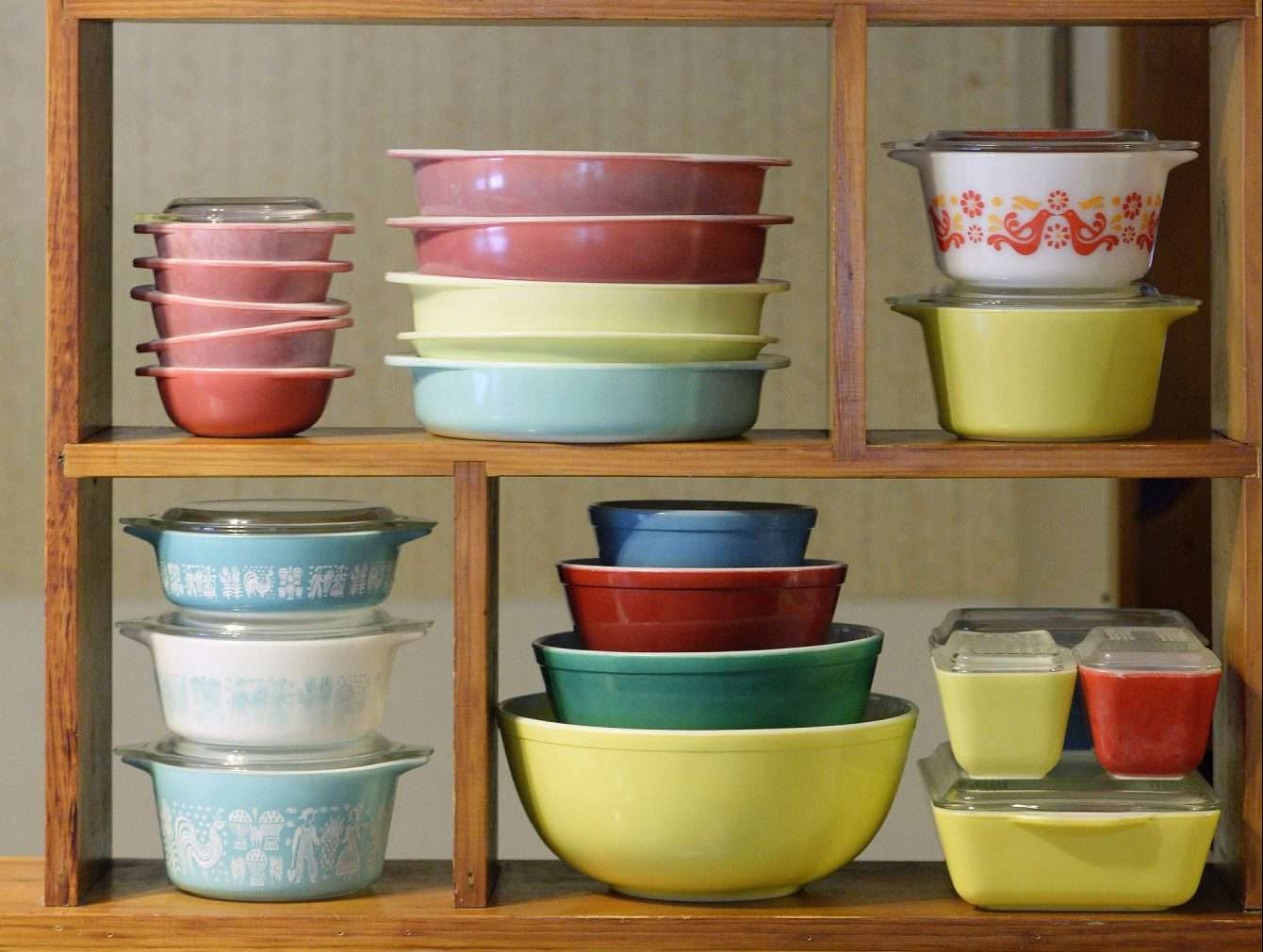
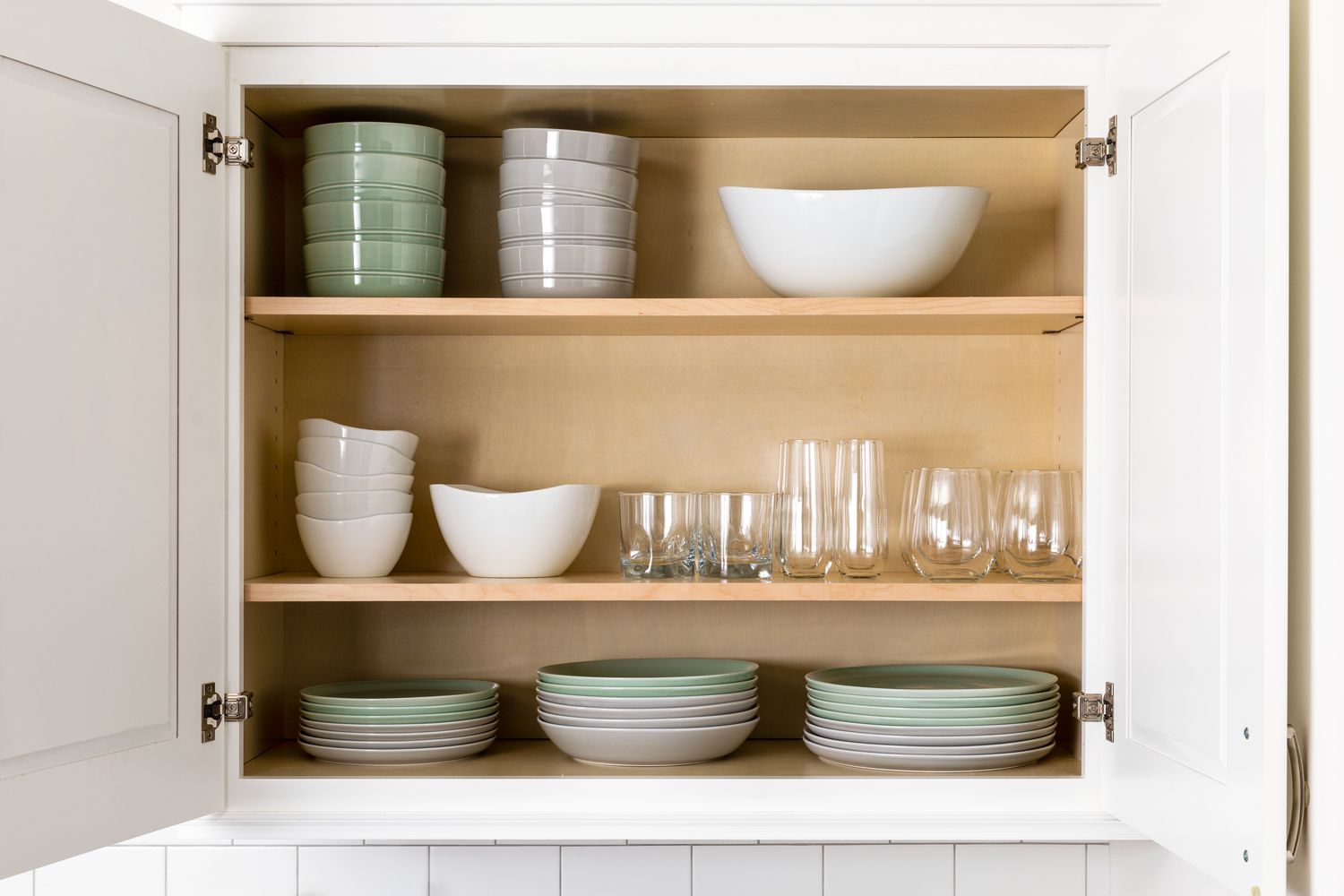
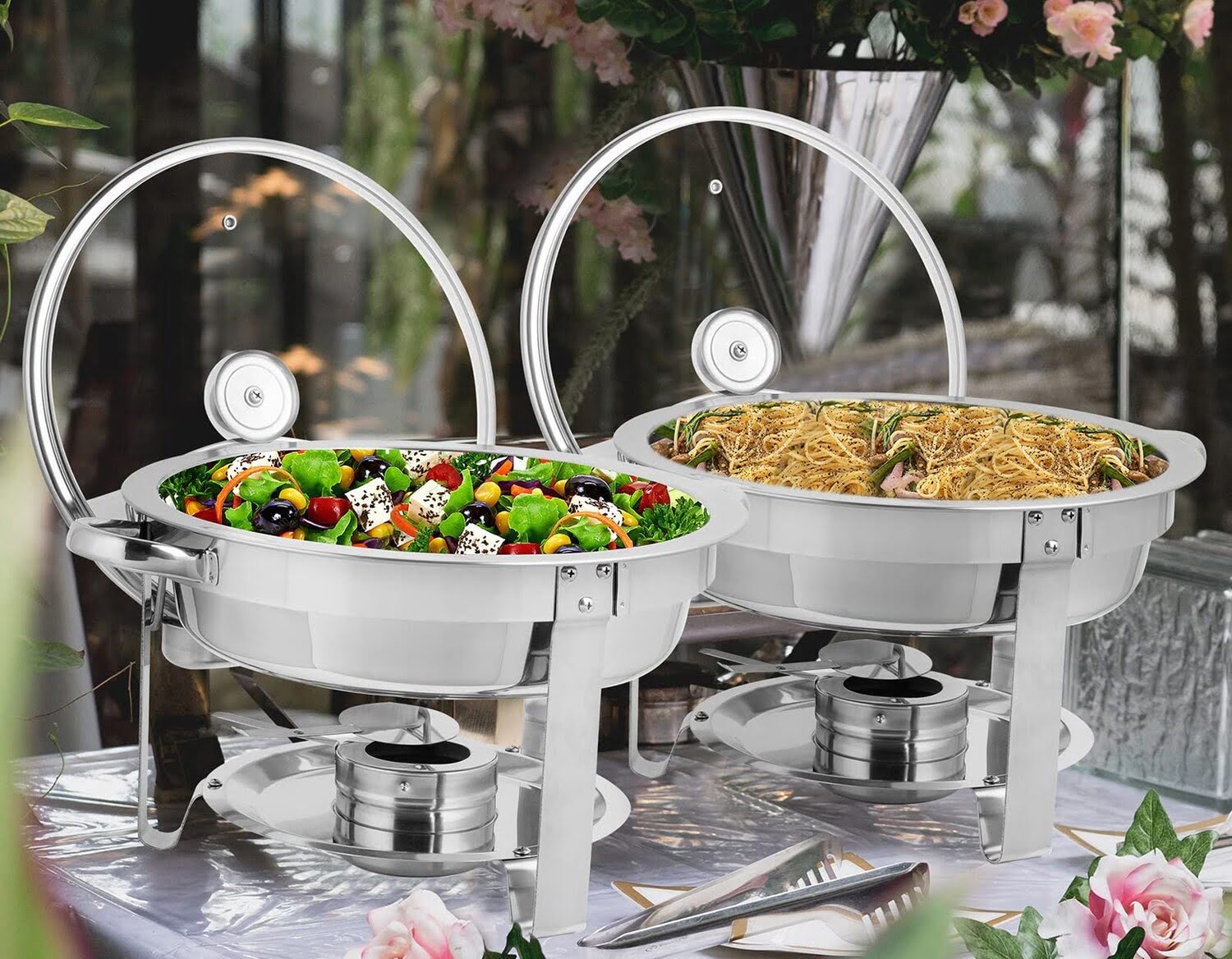
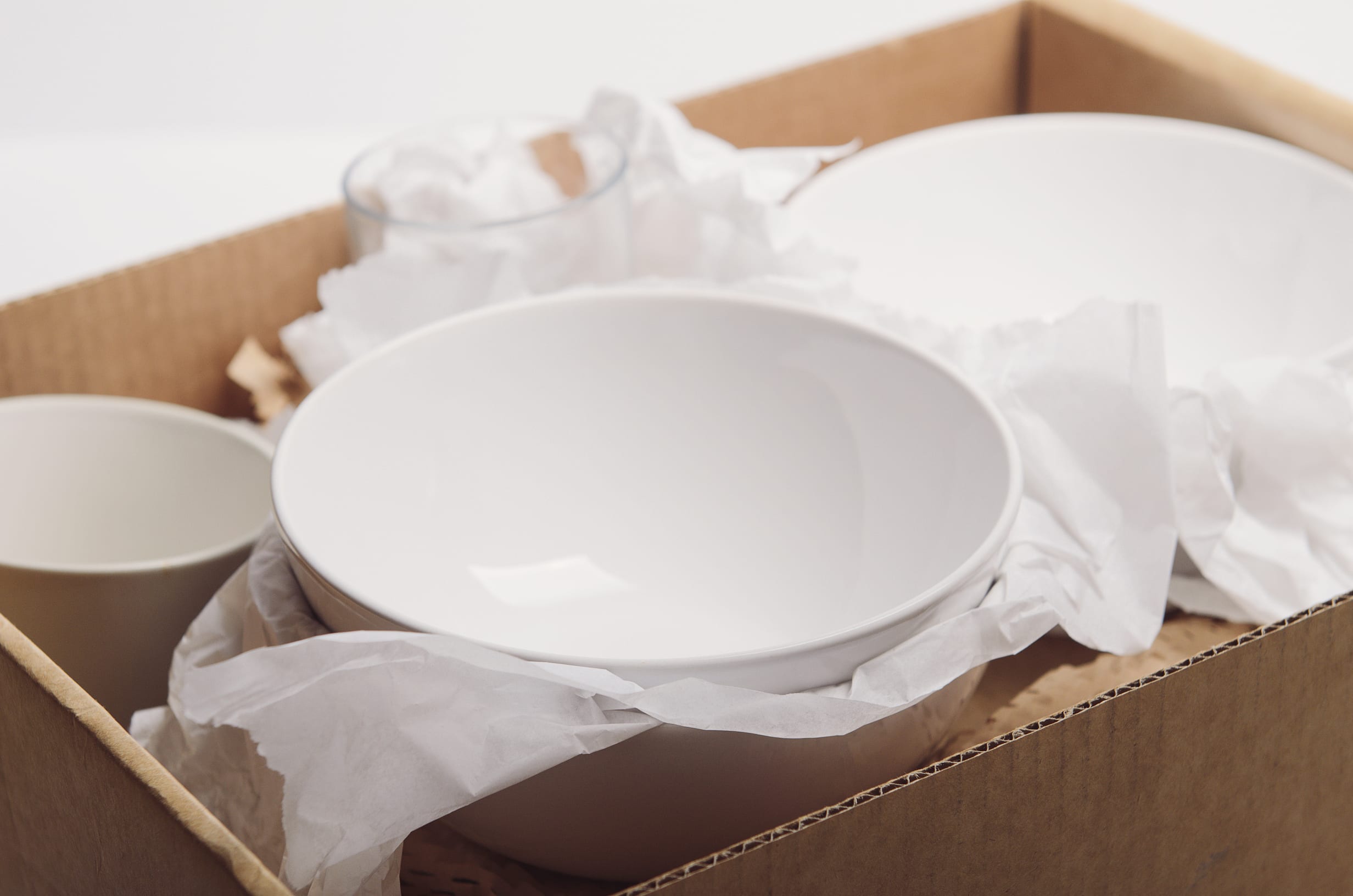
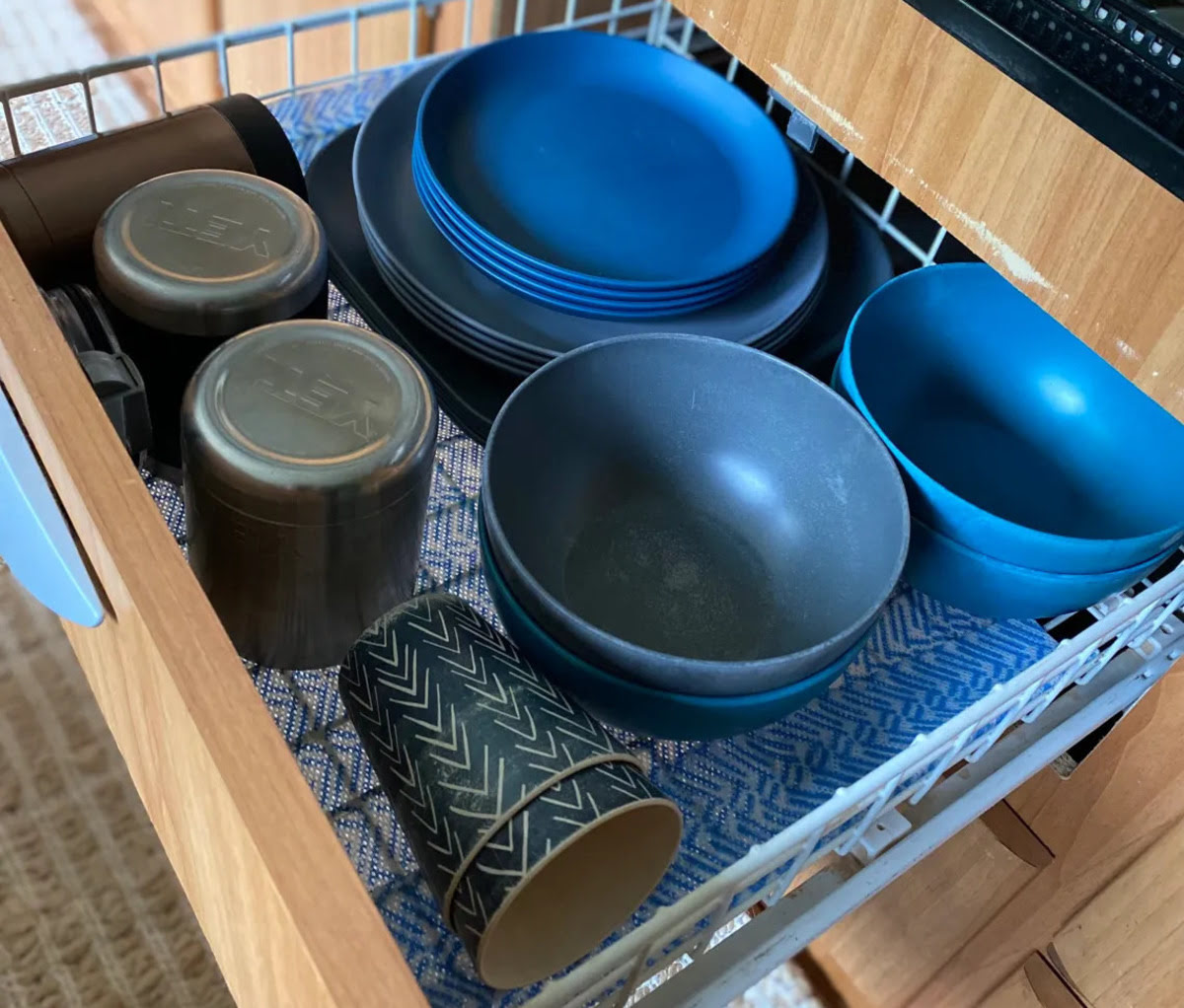
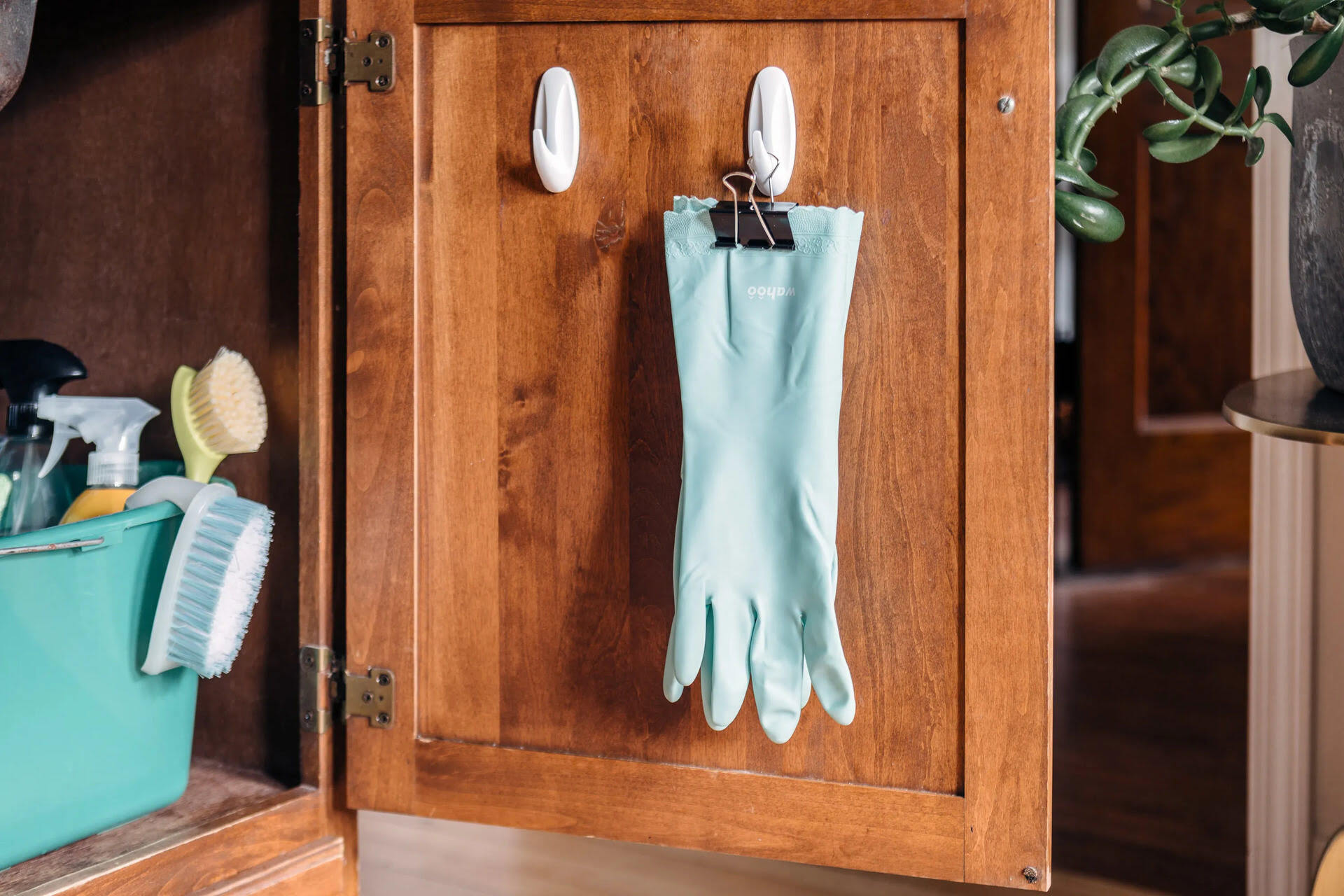
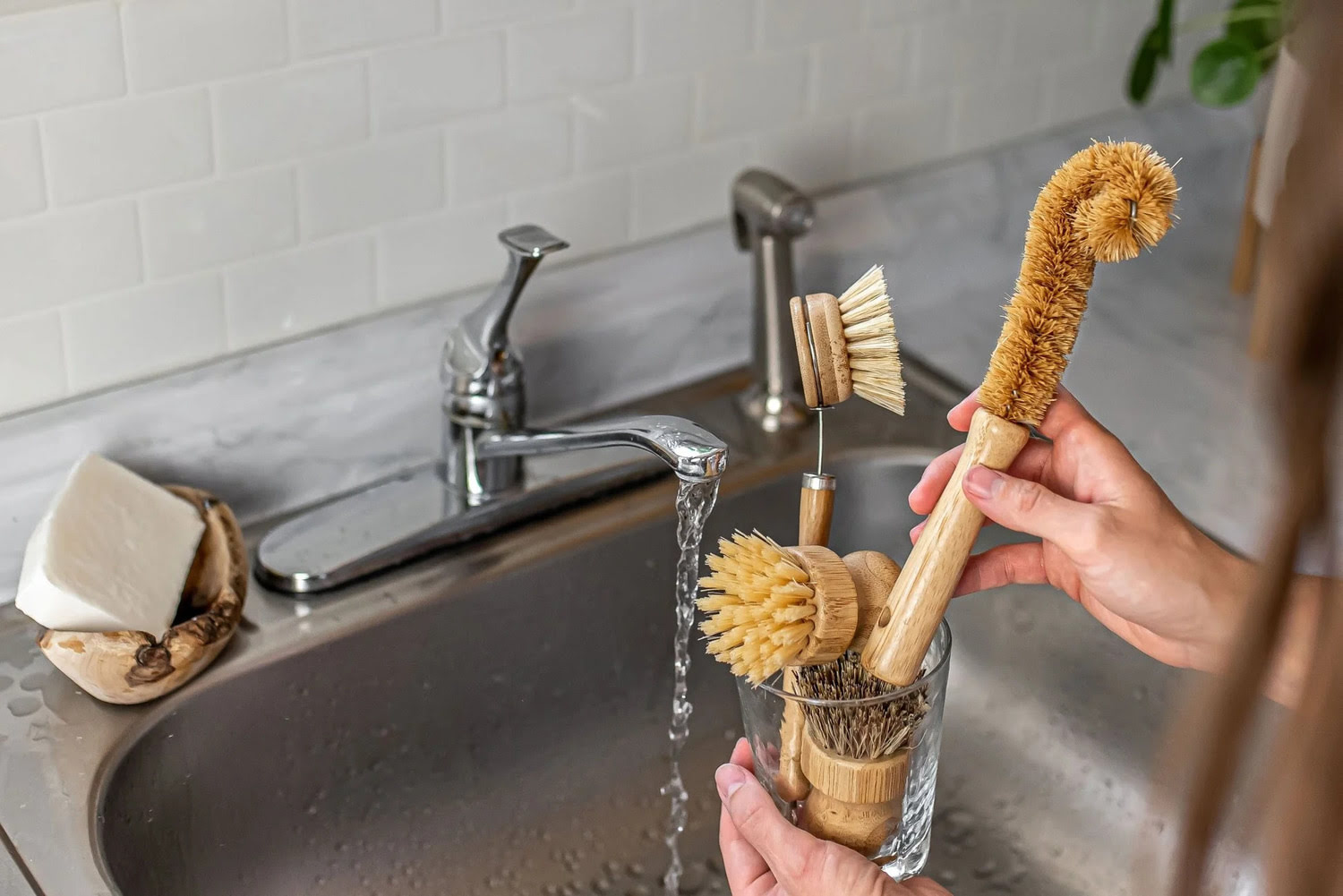
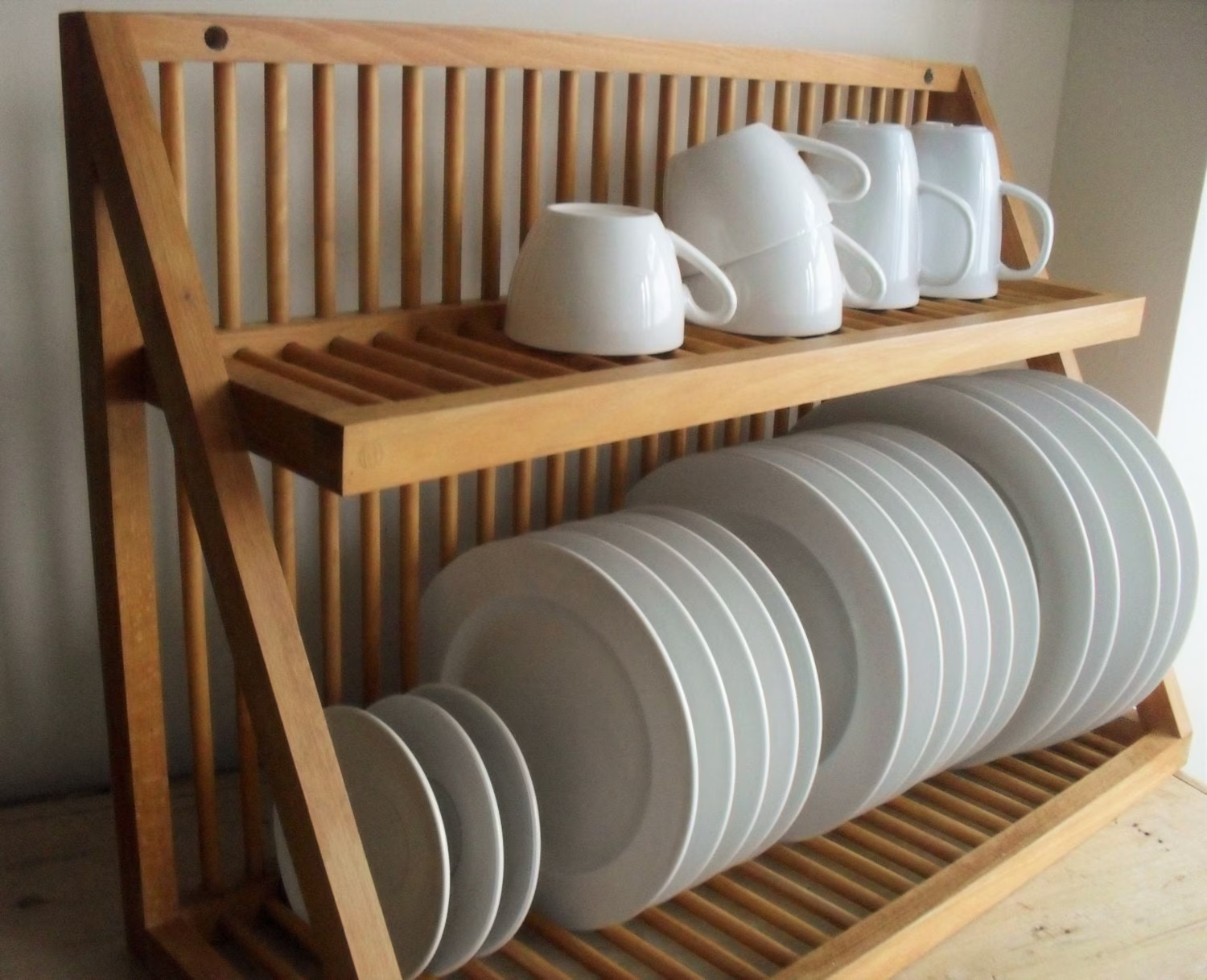
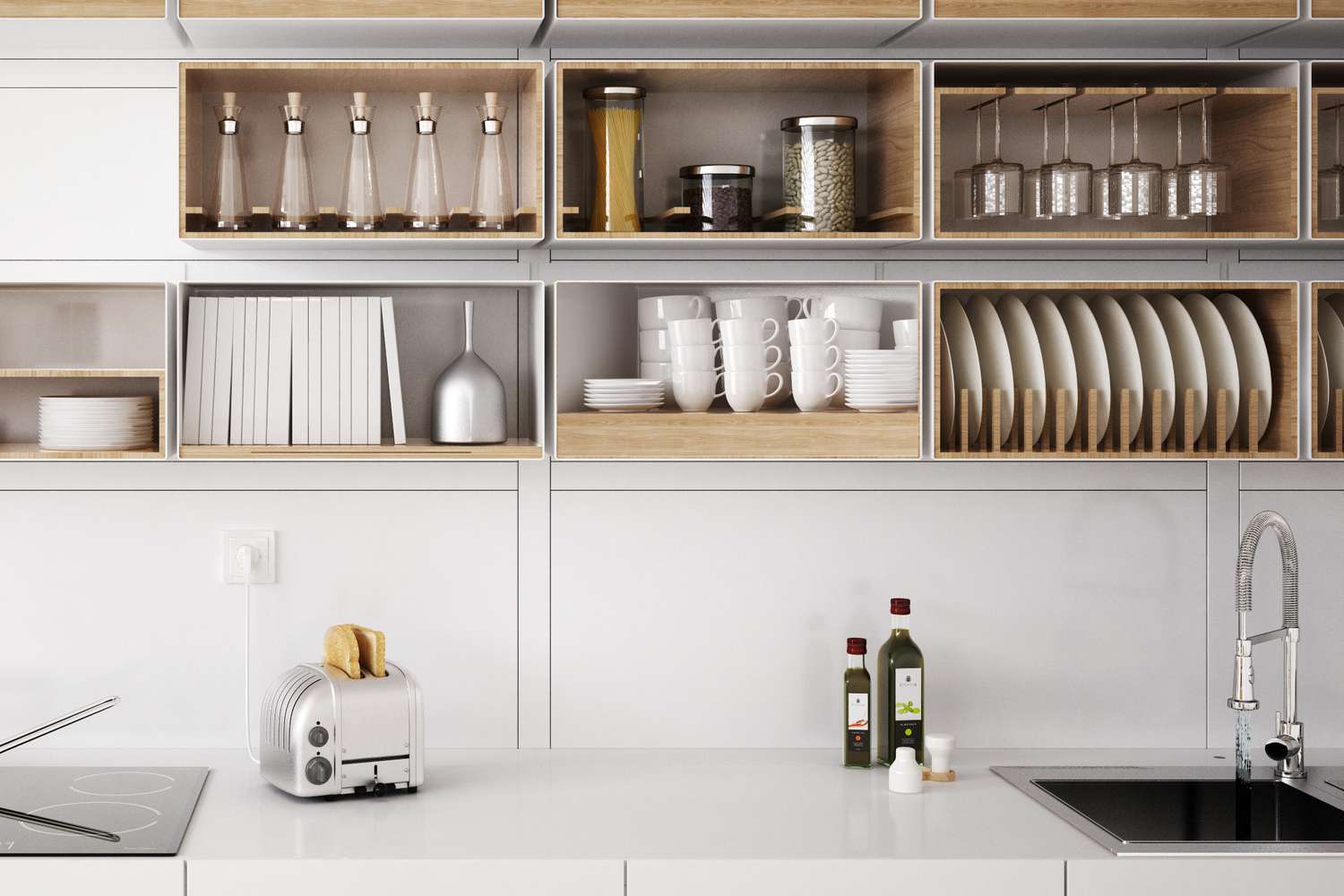
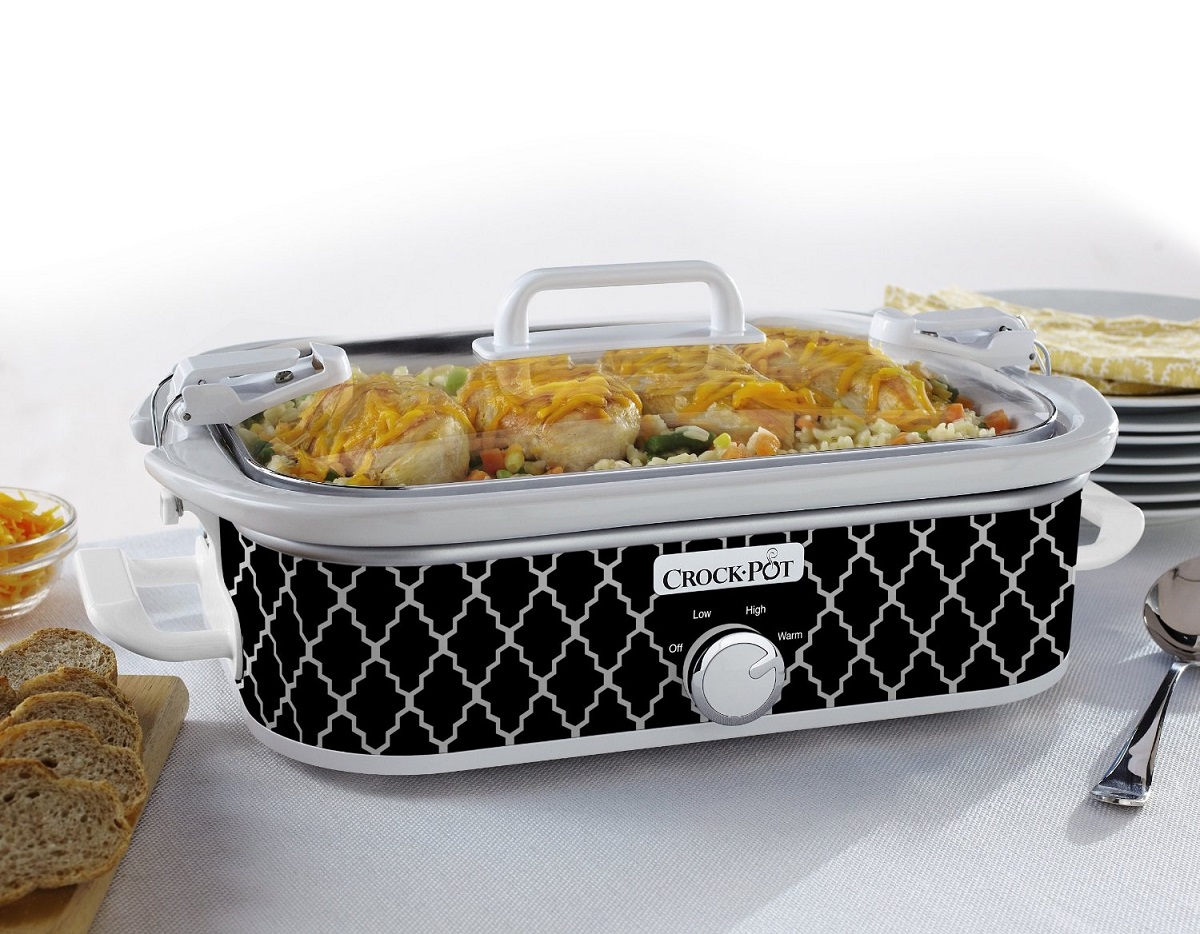
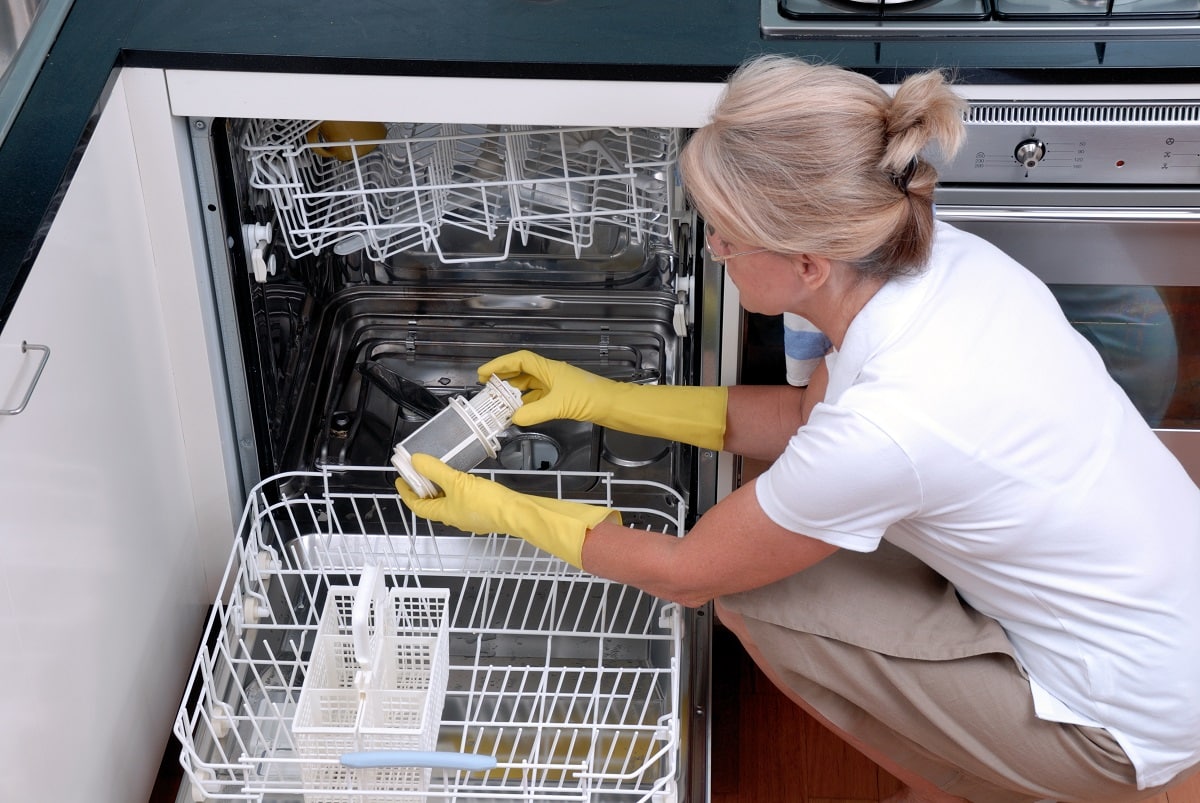
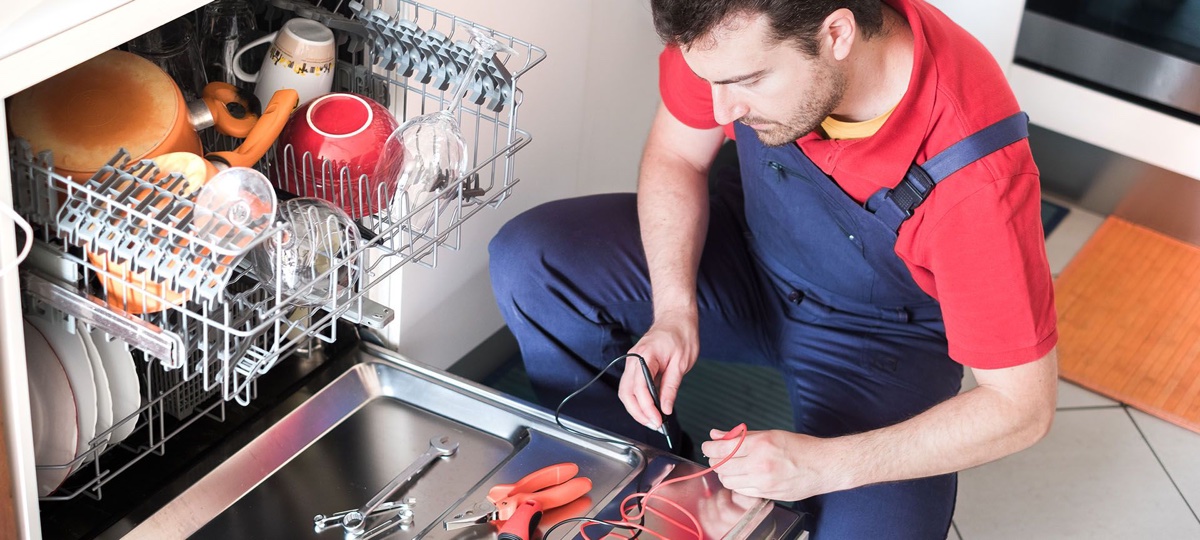
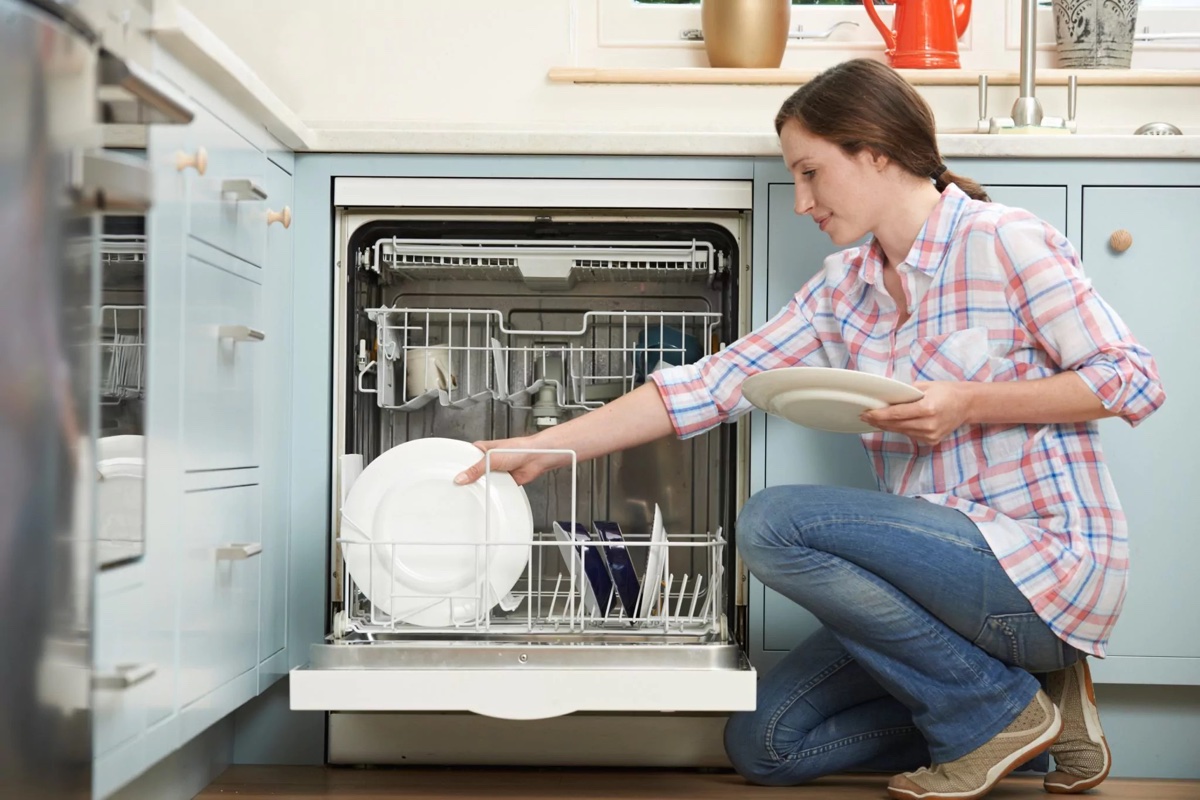
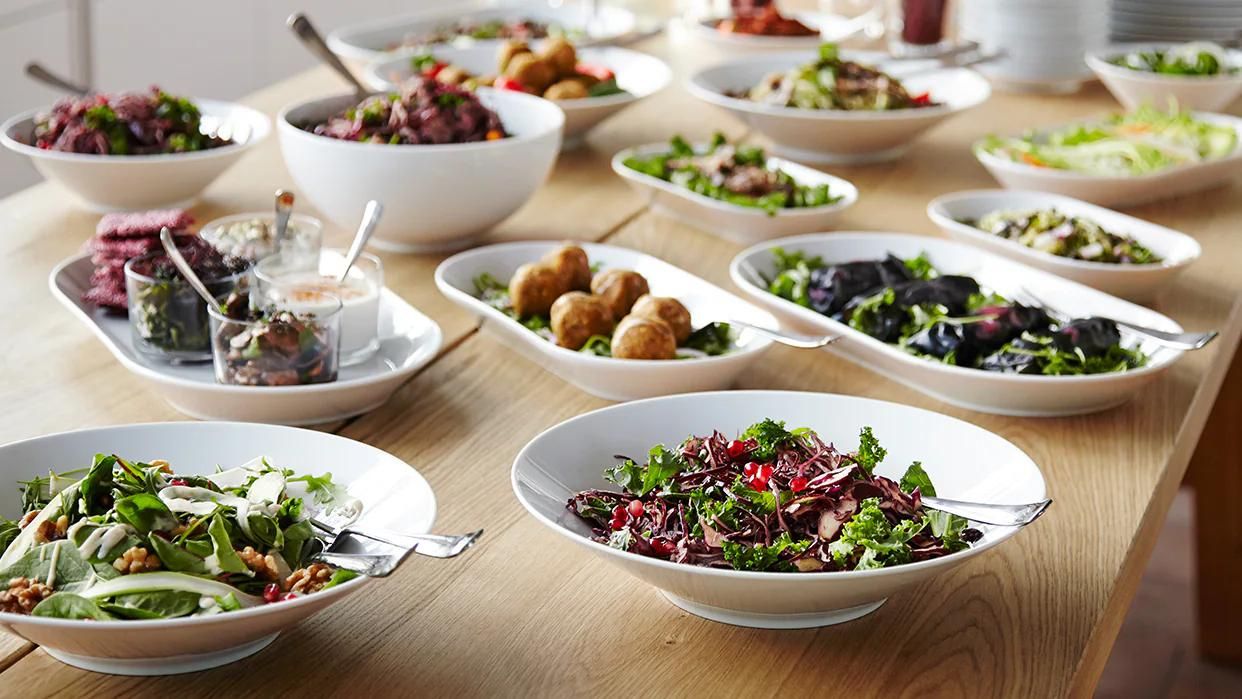

0 thoughts on “How To Store Casserole Dishes”